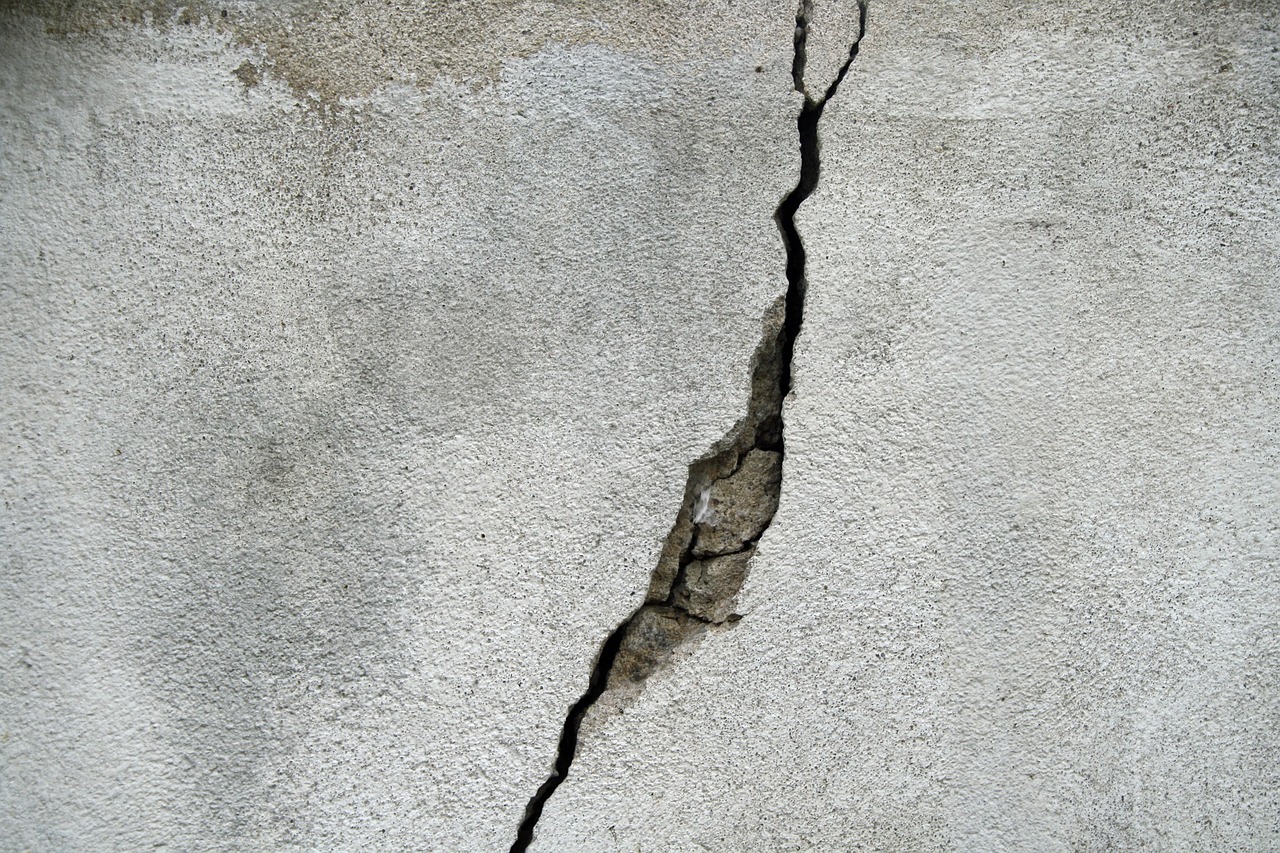Has your floor developed unsightly and potentially hazardous cracks? Don’t despair, for there is a solution that could help: the crack suppression membrane. This product was specifically designed to reduce and prevent visible cracks in concrete and other floor types. Find out how this product works, its benefits, and how it can help you.
A crack suppression membrane is a flexible sheet that is installed over a substrate, such as concrete. Its main function is to absorb and distribute the stress caused by the movement of cracks on the substrate. Simply put, it acts as a cushion that minimizes the visual impact of surface cracks and keeps them from propagating.
The membrane is made of a mix of materials, usually a combination of polymers and fibers, that give it its elasticity and durability. The most common types of crack suppression membranes are peel-and-stick, which are applied by simply peeling off the backing and sticking the membrane to the substrate. They come in different thicknesses and sizes, depending on the application.
One of the most significant benefits of using a crack suppression membrane is that it reduces the appearance of surface cracks. This can be especially important for aesthetic reasons if you have a concrete floor that you want to maintain its appeal. It can also help prevent accidents caused by uneven or broken floors. A crack suppression membrane can also help preserve the structural integrity of the substrate, as it minimizes the risk of cracks spreading and weakening the surface.
Aside from its main function of limiting cracks, the membrane also has other advantages. For example, it is waterproof and vapor-permeable, meaning that it keeps moisture from penetrating the substrate while allowing it to breathe. This can be especially useful in areas prone to moisture damage, such as bathrooms, kitchens, and basements. The membrane also has some insulating properties that can help improve the energy efficiency of your home or building.
Installing a crack suppression membrane is typically done by professionals who have experience working with the product. The steps involved in the installation process can vary depending on the type of membrane, the substrate type, and the project requirements. In general, the area should be cleaned, leveled, and primed before the membrane is laid. The membrane is then applied in sections or rolls, with overlaps and seams sealed to ensure proper adhesion and a seamless surface.
It’s important to note that a crack suppression membrane is not a cure-all solution for all types of floor cracks. It can only minimize the appearance and effects of surface cracks, not prevent them from happening altogether. Other factors, such as structural issues or improper installation, can still cause cracks to form. That’s why it’s essential to address these issues promptly and seek professional advice if necessary.
A crack suppression membrane is a useful product that can help minimize the appearance and effects of surface cracks in floors and other substrates. It’s easy to install and has several benefits, such as waterproofing and insulation. However, it’s not a universal solution for all types of floor cracks and should be used in conjunction with sound engineering principles and proper installation methods. By working with a professional who has experience with the product, you can enjoy a crack-free and safe environment that looks great and performs well.









